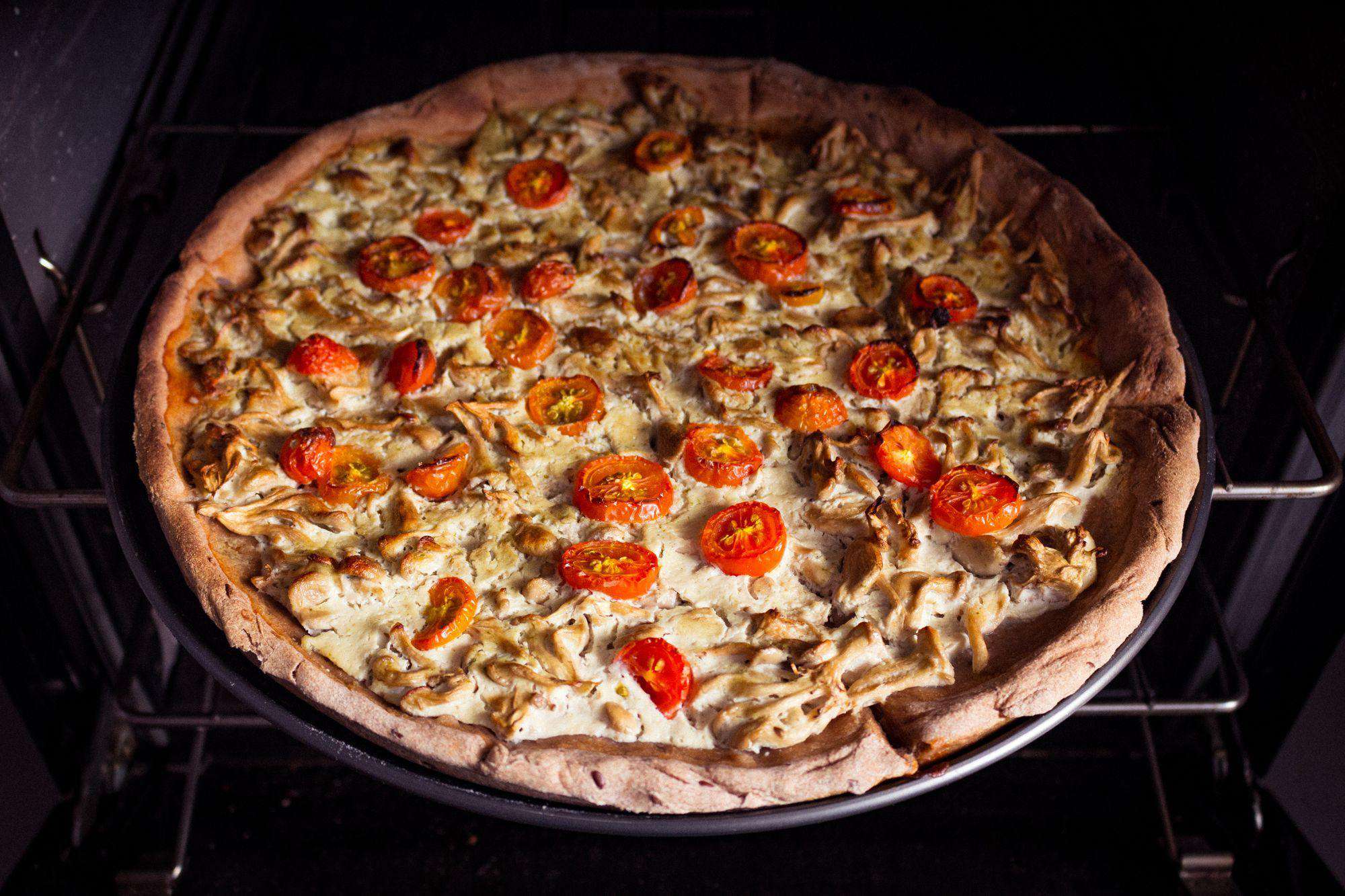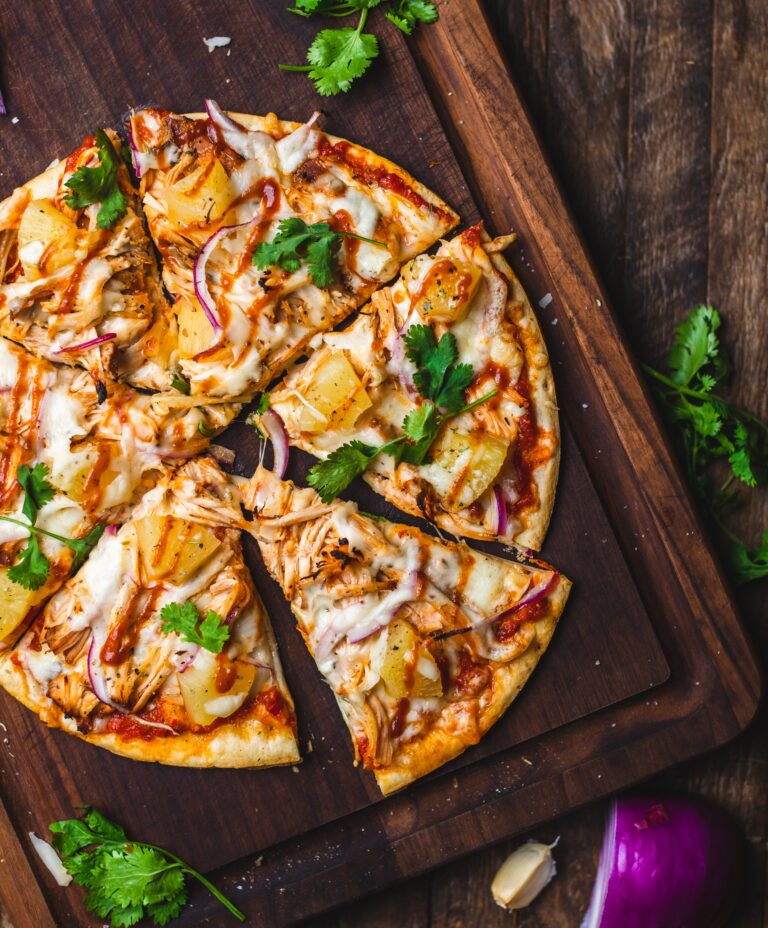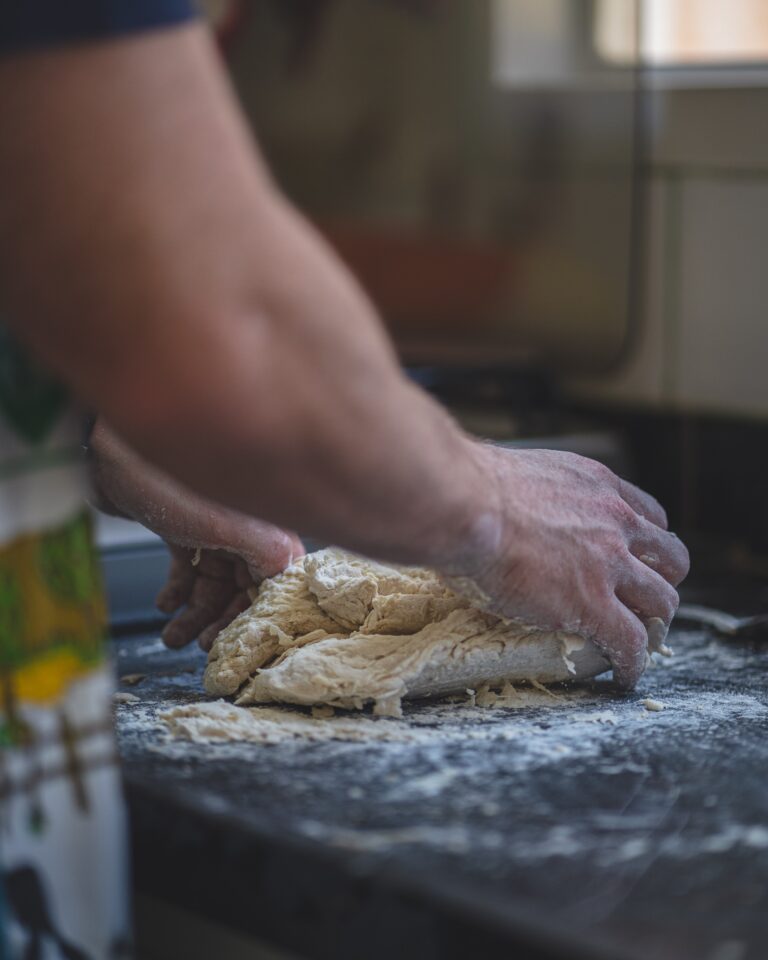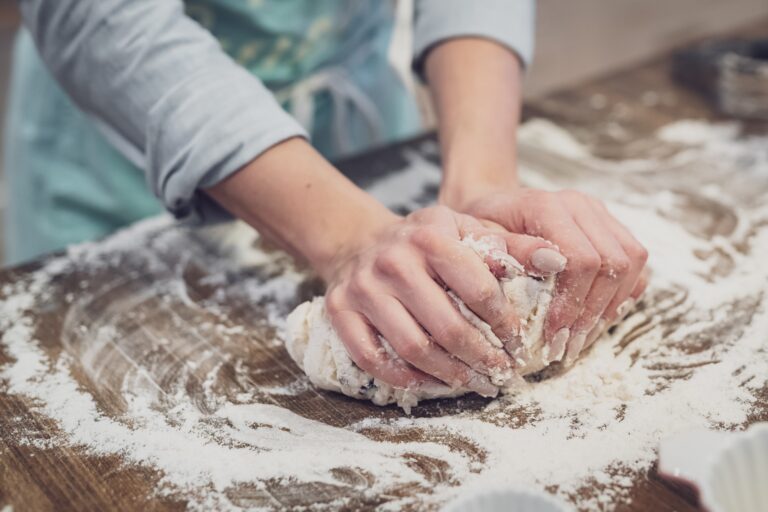How to Achieve a Crispy Crust on Homemade Pizza: Proven Tricks and Techniques
Want to know the secrets to achieving a perfectly crispy crust on your homemade pizza? Look no further! We will share some proven tricks and techniques to elevate your pizza game. You’ll learn how to create that delightful crunch every time you bite. So impress your friends and family with your fantastic pizza skills. Let’s dive in and discover the key to achieving that irresistible crispy crust!
crispy crust
You must follow these proven tricks and techniques to achieve a crispy crust on your homemade pizza.
First and foremost, the importance of preheating the oven cannot be emphasized enough. Preheating allows the stove to reach the desired temperature, ensuring that your crust bakes evenly and becomes nice and crispy.
Next, consider the type of flour you use. Different types of flour can significantly affect the texture of the crust. For a crispier result, choose bread or all-purpose flour instead of cake or pastry flour, which produces softer crusts. The protein content in bread flour helps create a chewy texture while maintaining that desired crunchiness on the outside. So remember, preheat your oven and choose your flour wisely for that perfect crispy pizza crust every time!
Ingredients
Using high-quality cheese and fresh toppings is essential for a delicious homemade pizza. Paying attention to the ingredients you use is also important to achieve a crispy crust. Here are some tips to help you create the perfect pizza crust.
Directions
Preheat the oven and place the stone or steel on the middle rack to ensure your pizza is perfectly cooked. This step is crucial for achieving a crispy crust that will make your taste buds sing with delight.
Here are some helpful tips for preheating the oven properly:
- Set the temperature to 500°F (260°C) or as high as it will go.
- Allow the oven to preheat for at least 30 minutes to ensure it reaches its maximum temperature.
- Place a baking sheet on the lower rack to catch potential drips or spills.
- Avoid opening the oven door excessively during preheating, as it can cause heat loss and affect cooking times.
Now, let’s talk about why using a pizza stone or baking steel is so important:
- Pizza stones and baking steels absorb and distribute heat evenly, producing a perfectly crisp crust.
- They help remove excess moisture from the dough, preventing sogginess.
- The porous surface of these tools creates air pockets, promoting better airflow and browning.
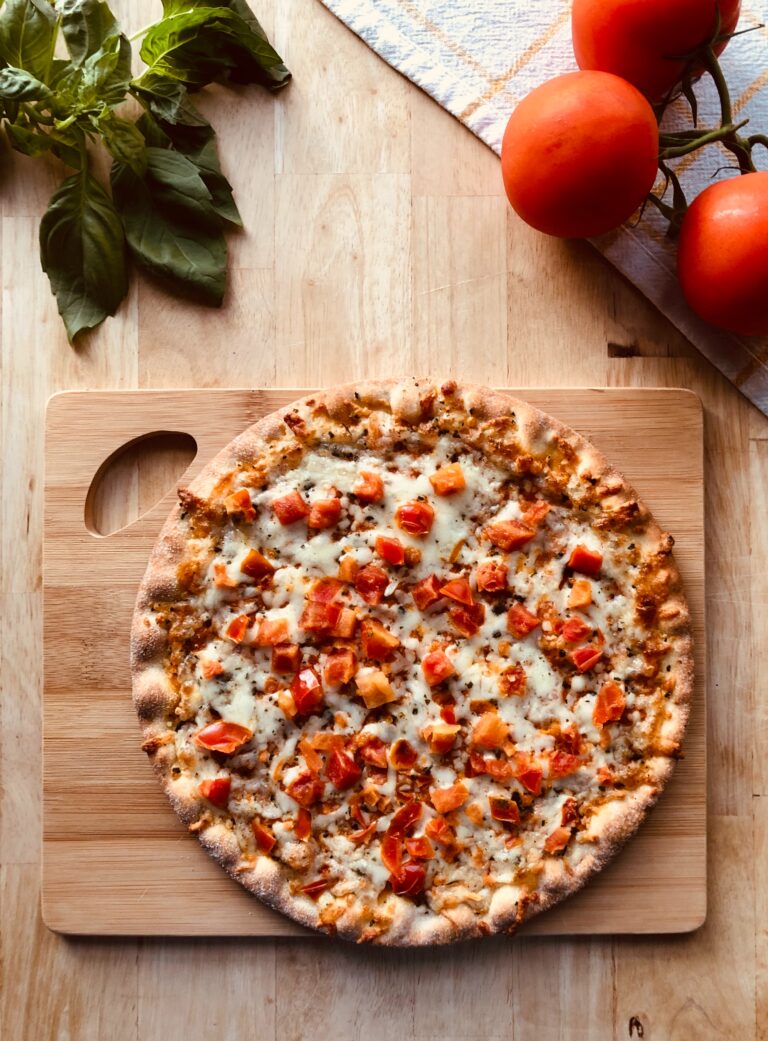
Frequently Asked Questions
How Long Should I Preheat the Oven Before baking the pizza?
Before baking the pizza, preheat the oven to the recommended temperature for 15-20 minutes. This ensures the range reaches the desired heat and helps achieve a crispy crust.
Can I Use a Different Type of Flour for the Pizza Dough?
You can use a different type of flour for your pizza dough. If you prefer, there are gluten-free options available. Experiment with other flours to find the one that gives you the desired crust texture.
What Are Some Popular Pizza Topping Combinations to Try?
You should try different cheese combinations for your pizza! Some popular ones include mozzarella and cheddar or feta and gorgonzola. For unique toppings, experiment with ingredients like figs, prosciutto, or even pineapple.
How Can I Prevent My Pizza Dough From Sticking to the Baking Sheet?
It’s essential to use the best baking sheet to prevent your pizza dough from sticking to it. Make sure to lightly grease the sheet with oil or sprinkle it with flour before placing the dough on top.
Can I Freeze Leftover Pizza Dough for Later Use?
Yes, you can freeze leftover pizza dough for later use. It’s a convenient way to store it and ensure its freshness. Just wrap it tightly in plastic wrap or place it in an airtight freezer bag before freezing.
